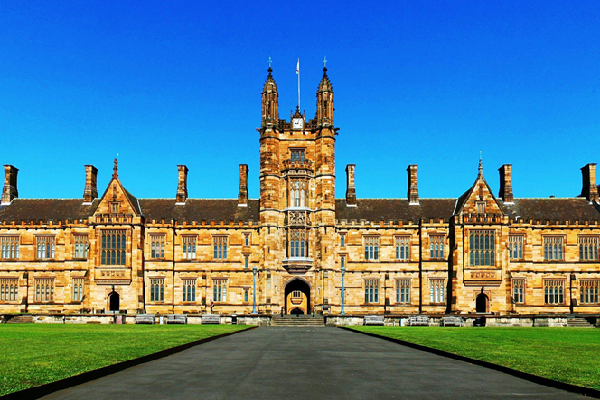University of Sydney researchers find answers to factor affecting population growth
Many areas of coastal Australia and some inland destinations have experienced sea change migration as people moved from the larger cities during the pandemic in search of lower cost housing and living, a new lifestyle or to retire. Research into these movements, led by the University of Sydney, hopes to explore topics including quality of life, housing, the environment, and the sense of community that three regional areas offer.
‘Place-based drivers and effective management of population growth and change in regional Australia’, investigates three case study areas: Port Macquarie, Broken Hill, and Ballarat. Undertaken for the Australian Housing and Urban Research Institute (AHURI) and led by researchers from the School of Architecture, Design and Planning, the surveys hope to gather vital information driving these factors and determine implementable solutions.
“The existing research on population change in regional Australia needs updating due to potential new drivers of change emerging, such as the ability to work from home, recent climatic events and the broad impacts of the pandemic. Port Macquarie, Broken Hill and Ballarat were chosen as they are some of the best examples of growing and changing regional cities and towns in recent years, and so are ideal places to investigate emerging population trends and update our knowledge,” said Dr Caitlin Buckle, Research Associate, School of Architecture, Design and Planning.
“The results of the study may be of interest to local planners as it explores participants’ experiences of living in these areas, reasons they moved and why they decided to stay, highlighting the key challenges each location faces in managing and maintaining rapidly changing local populations.”
Migration into and out of regional and remote Australia is not uniform. Previous research suggests that several different place-based push-and-pull factors such as economic conditions, climate, or lifestyle opportunities help explain migration to regional and remote locations.
This research aims to take a place-based approach to discover, quantify, and explain contemporary drivers of population growth and change, in non-metropolitan Australia. The project examines population change in selected non-metropolitan regional areas in relation to potential drivers such as base population size and composition; economic structure; connectivity and infrastructure; education/health/public institutions; housing market trends and so on.
For instance, many areas of coastal Australia and some inland destinations, have experienced sea change migration as people move from the larger cities in retirement or in search of a new lifestyle. While in some cases, these regions with their lower cost of living, were thought to attract newcomers who were priced out of the major cities due to high housing costs.
Place-based amenity opportunities may also attract second homeowners who may then go on to relocate permanently in retirement. Other areas dependent on traditional industries such as agriculture, forestry, or resource extraction have experienced both increases and declines, with remote and fly-in/fly-out communities often characterised by population churn.
Community surveys will explore the place-based push/pull factors driving population migration and retention in selected case study regions.
Researchers Dr Greta Werner and Dr Caitlin Buckle are calling for volunteers from these three areas to complete a survey.
“Only with this kind of large-scale baseline data, collected by residents of these areas, will we be able to really understand the drivers of population growth and decline,” Dr Greta Werner added. “We really need the public’s help to give us an insight into their experiences of moving to and living in these places, and their future decisions on whether to leave or stay.”
The surveys take around 15 minutes to complete and those who complete the survey can enter a prize draw (links to the three surveys can be found here). The results of the research will be publicly available.
Project team:
Dr Caitlin Buckle (University of Sydney)
Dr Greta Werner (University of Sydney)
Prof Nicole Gurran (University of Sydney)
A/Prof Nancy Marshall (University of Sydney)
Dr Glen Searle (University of Sydney)
A/Prof Somwrita Sarkar (University of Sydney)
A/Prof Nick Osbaldiston (James Cook University)

